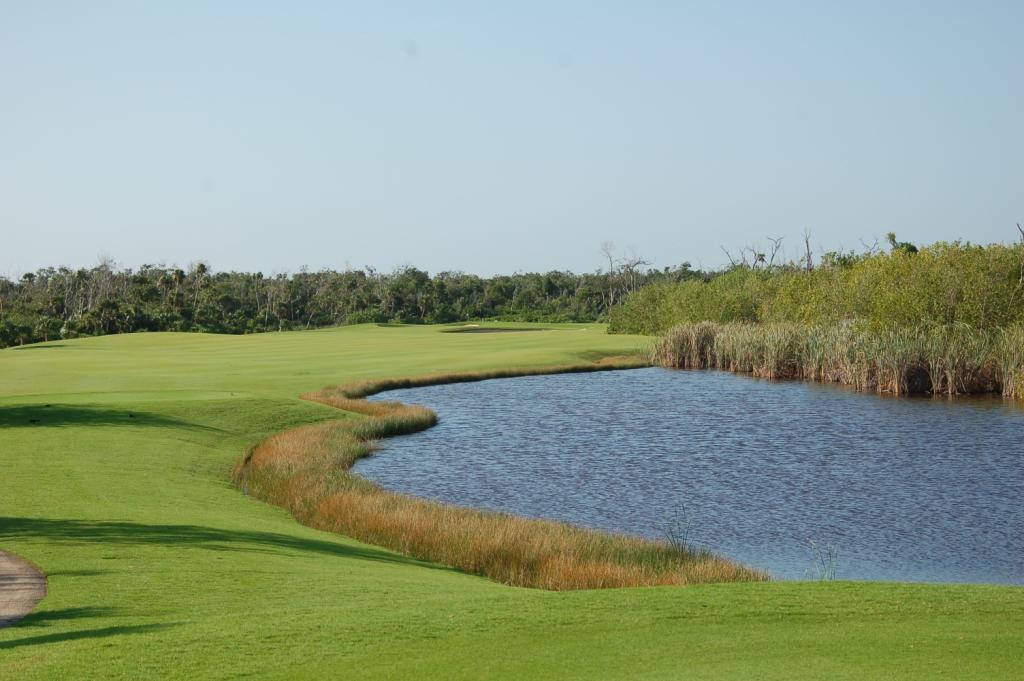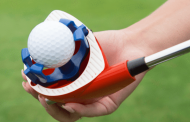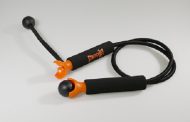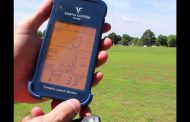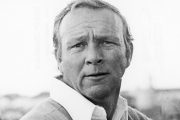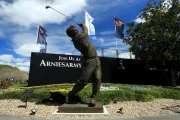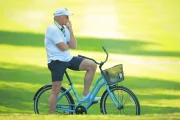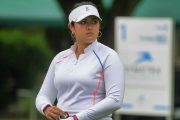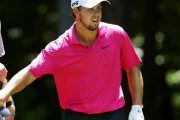Playing better on the golf course and lowering your score, is not just about the way you strike the golf ball. Clearly you need to have the fundamentals in place, to be in a position to make a low score. However, knowing your strengths and weaknesses and making better decisions when it comes to risk and reward, also play a part in making low scores. Professional players have caddies, who help them with decision making, whereas the average weekend golfer does not. Today, we have some tips which will help you to think and make the right choices on the golf course, just like the pros.
One of the big mistakes beginner golfers make, is thinking they have to always use the driver off the tee on par-4 and par-5 holes. In actual fact, the first thought which should be going through a player’s mind, is how can I best get the ball in play. If you see a playing partner drive the green on a par-4 with their driver, over a water hazard, you may feel pressured into attempting the same shot. However, you know how far and how accurately you can hit your driver. Realistically, if you know you do not have the same power and there is a good chance your ball will not make the green, do not take on the shot. If there is a big fairway area to hit, use a shorter club and lay-up, before playing an approach shot to the green. This applies on all holes. If you know it is a big risk using the driver, why do it?
However, in some situations, it can be worth the risk. Going back to the previous example, a drive over water, to the green, may not be a favourable option for you but what if the lay-up shot also requires a shot over water, to a narrow stretch of fairway? In this instance, you may feel it is worth risking the driver because there is also a chance your lay-up shot will find the water. This is how professional golfers think, when on the tee.
Another great tip, which pro golfers use, is to never try and guide your shot, when aiming for a narrow fairway. There could be deep, unforgiving rough either side of a narrow fairway, which leads you to focusing entirely on where you want the ball to land and this results in de-accelerated and unfinished swings. Instead, aim for something in the distance, which is in line with where you want the ball to land, such as a tree or property, as this will give you a better chance of finding the narrow fairway and completing a full, positive swing.


